A malfunctioning shower system can turn your morning routine into a frustrating ordeal. Whether it's weak water pressure, unpredictable temperature, or a leaky faucet, there are several reasons why your shower might not work as it should. Understanding these issues can make it easier to identify the cause and resolve it quickly. This guide covers the top reasons your shower might not be working, along with effective fixes for each problem.
- Introduction
- Understanding Shower System
- 10 Common Problems and Solutions
- When to hire a professional
- Maintenance Tips
Understanding Your Shower System
Before troubleshooting, it’s essential to understand your shower system setup. A typical shower system includes various components, from valves and faucets to showerheads and digital controls. Recognizing these elements will help you identify the source of the problem and determine the appropriate fix.
1. Low Water Pressure
Low water pressure is a common complaint and can make it hard to enjoy a proper shower. Often, it’s caused by a buildup of minerals in the pipes, a partially closed valve, or issues with the water supply.
Fix:
- Check the Valves: Ensure that the main water supply and shower valves are fully open.
- Clean the Pipes: If mineral buildup is the culprit, consider using a descaler or hiring a plumber to clean out the pipes.
- Check for Leaks: Look for leaks in the system that could be reducing pressure.
2. Clogged Showerhead
Over time, showerheads can accumulate mineral deposits, leading to a weak or uneven water flow.
Fix:
- Soak the Showerhead: Remove the showerhead and soak it in a mixture of vinegar and water for a few hours to dissolve mineral deposits.
- Use a Toothbrush: Scrub the showerhead with a toothbrush to clear out remaining blockages.
- Replace if Necessary: If the buildup is severe, replacing the showerhead might be the best option.
3. Temperature Fluctuations
Sudden temperature changes in the shower can be uncomfortable and even dangerous. This problem often stems from faulty thermostatic valves or fluctuations in the water heater.
Fix:
- Inspect the Thermostatic Valve: A worn-out valve might need replacing. Consult the manual or call a plumber if necessary.
- Check the Water Heater: Make sure your water heater is functioning correctly and set to an appropriate temperature.
- Insulate Hot Water Pipes: This can help maintain a consistent temperature, especially in colder climates.
4. Leaky Shower Faucet or Head
A leaky shower faucet or head wastes water and can increase your water bill. This issue usually results from worn-out seals or faulty washers.
Fix:
- Replace Washers and O-Rings: Turn off the water supply and replace any worn-out washers or seals.
- Tighten Connections: Loose connections can also cause leaks. Make sure all fittings are secure.
- Consider a Replacement: If the faucet or showerhead is old, a replacement might be more cost-effective.
5. Diverter Valve Issues
A diverter valve directs water flow between different outlets, such as a showerhead and a bathtub faucet. When the diverter valve malfunctions, water flow may be restricted or directed improperly.
Fix:
- Clean the Valve: Remove mineral deposits by soaking the valve in vinegar or using a descaler.
- Lubricate the Valve: Apply plumber’s grease to ensure smooth operation.
- Replace if Necessary: If cleaning and lubrication don’t solve the issue, consider replacing the valve.
6. Malfunctioning Rain Shower Head System
Rain shower heads provide a luxurious experience, but they can malfunction due to buildup or mechanical failure.
Fix:
- Clean the Shower Head: Use vinegar or a commercial cleaner to remove deposits.
- Check the Water Pressure: Ensure that your system provides enough pressure for a rain shower head.
- Inspect the Head for Damage: If damaged, replace the shower head to restore performance.
7. Dual Shower Head System Problems
Dual shower head systems offer versatile options but can face issues with diverter valves, pressure balancing, or clogging.
Fix:
- Check Diverter Valve: Inspect and clean the valve to ensure proper flow.
- Balance Water Pressure: Adjust the water flow or clean the showerheads to maintain consistent pressure across both heads.
- Clean and Inspect for Damage: Regular maintenance can prevent problems in dual shower head systems.
8. Water Not Draining Properly
Slow drainage or standing water can make showers unpleasant and lead to mold growth.
Fix:
- Clear Blockages: Use a drain snake or a commercial drain cleaner to remove blockages.
- Install a Drain Cover: This prevents hair and other debris from entering the drain.
- Inspect Pipes for Damage: Damaged pipes can also restrict drainage; call a plumber if necessary.
9. Shower Door or Curtain Issues
Leaking shower doors or curtains can cause water to spill onto the bathroom floor, creating a slippery hazard.
Fix:
- Check Seals: Inspect door seals and replace them if they are worn out or damaged.
- Replace Curtains: Shower curtains may need to be replaced if they become waterlogged.
- Install a Splash Guard: Adding a splash guard can prevent leaks and improve shower containment.
10. Electrical or Digital Shower Control Malfunctions
Digital shower controls provide convenience but can malfunction due to electrical issues.
Fix:
- Check the Power Supply: Make sure your digital control system is correctly plugged in and powered.
- Reset the System: Some digital controls can be reset to resolve minor issues.
- Call a Professional: For complex problems, consult a qualified technician.
When to Call a Professional
If you’ve tried troubleshooting but your shower system still doesn’t work, it may be time to consult a professional plumber. Issues with piping, pressure balancing, or electrical controls often require expert attention.
Maintenance Tips for a Reliable Shower System

- Regular Cleaning: Prevent clogs and mineral buildup by cleaning your showerhead and fixtures regularly.
- Inspect Connections: Check for leaks, loose fittings, or rust in your shower system.
- Test Water Pressure: Periodically test water pressure and adjust as needed to avoid low flow.
- Replace Worn Parts: Switch out old washers, seals, and other components to keep the shower working well.
- Drain Care: Use a drain cover and regularly clear the drain to avoid clogs.
Final Thoughts
A well-maintained shower system ensures a satisfying shower experience every day. By understanding and addressing these common issues, you can keep your shower system functioning smoothly. If you’re ready to upgrade your shower or replace worn-out parts, explore our selection of high-quality showerheads and accessories.


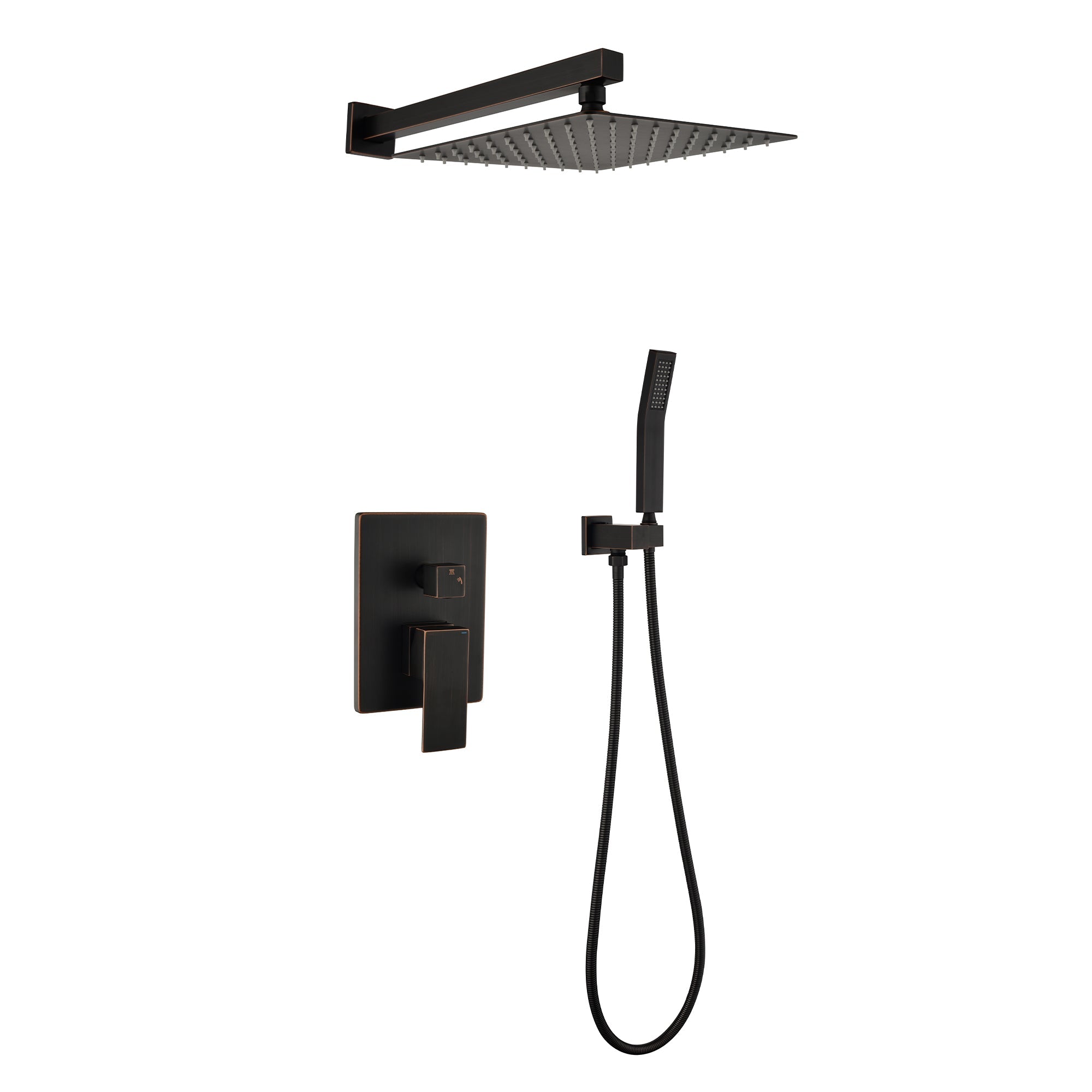



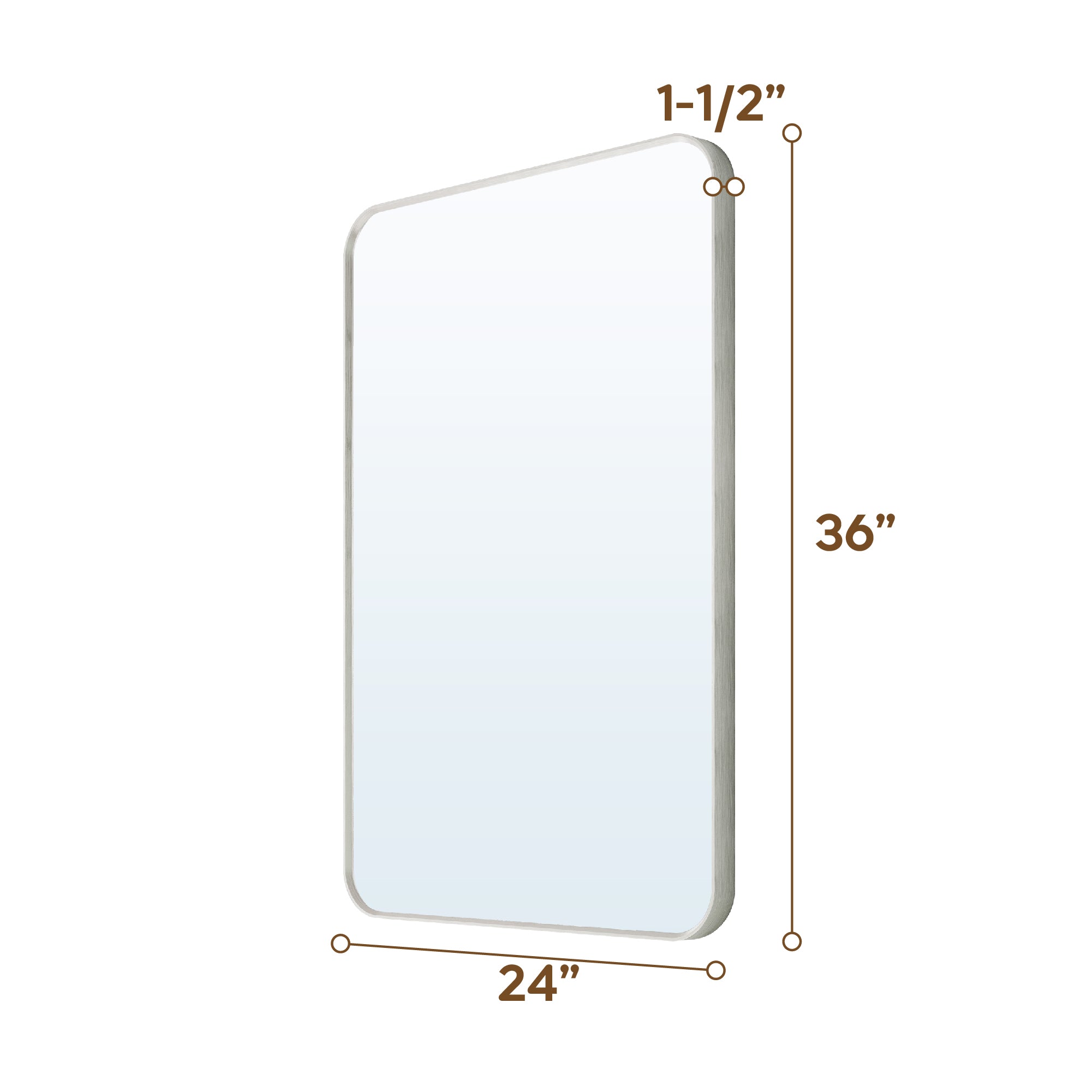
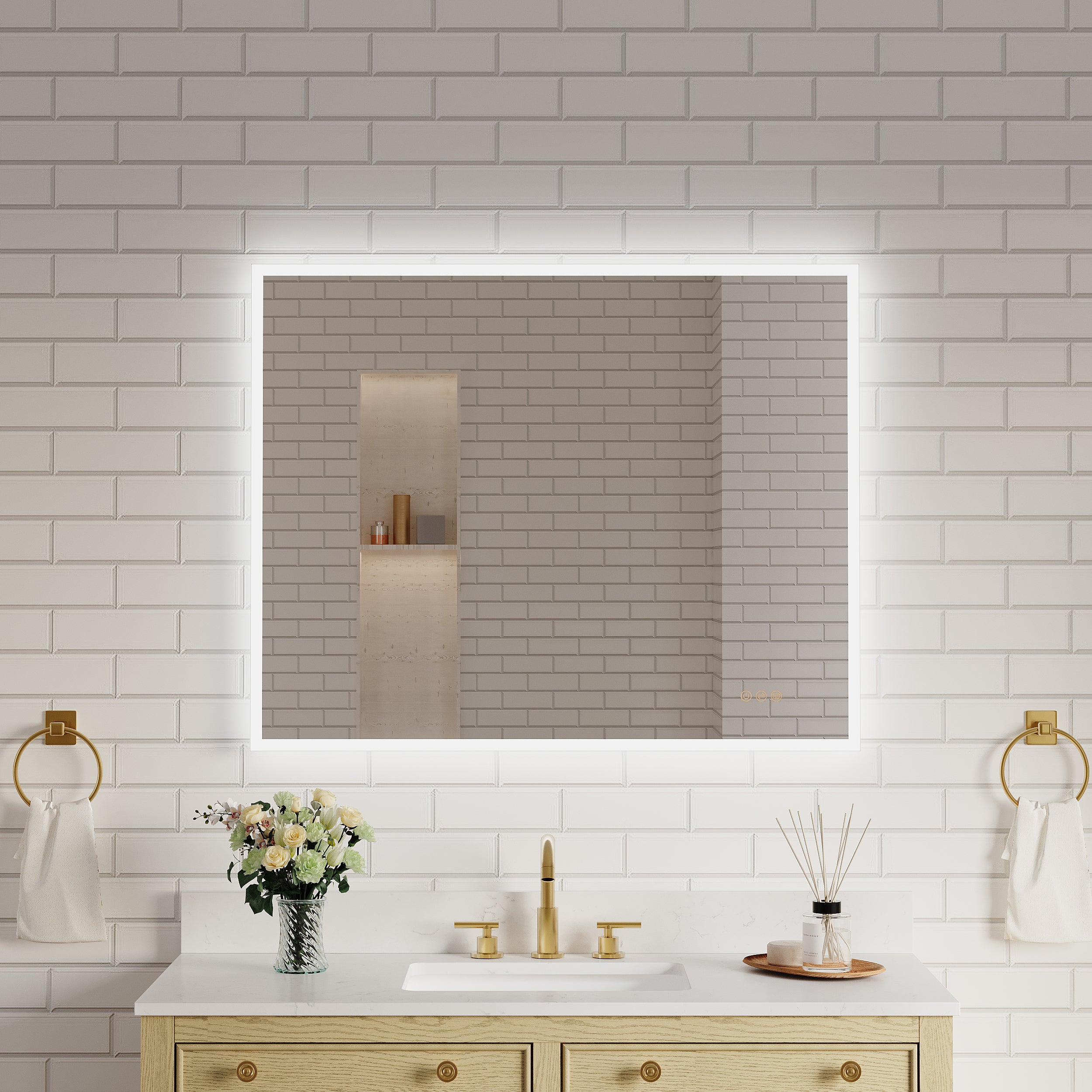
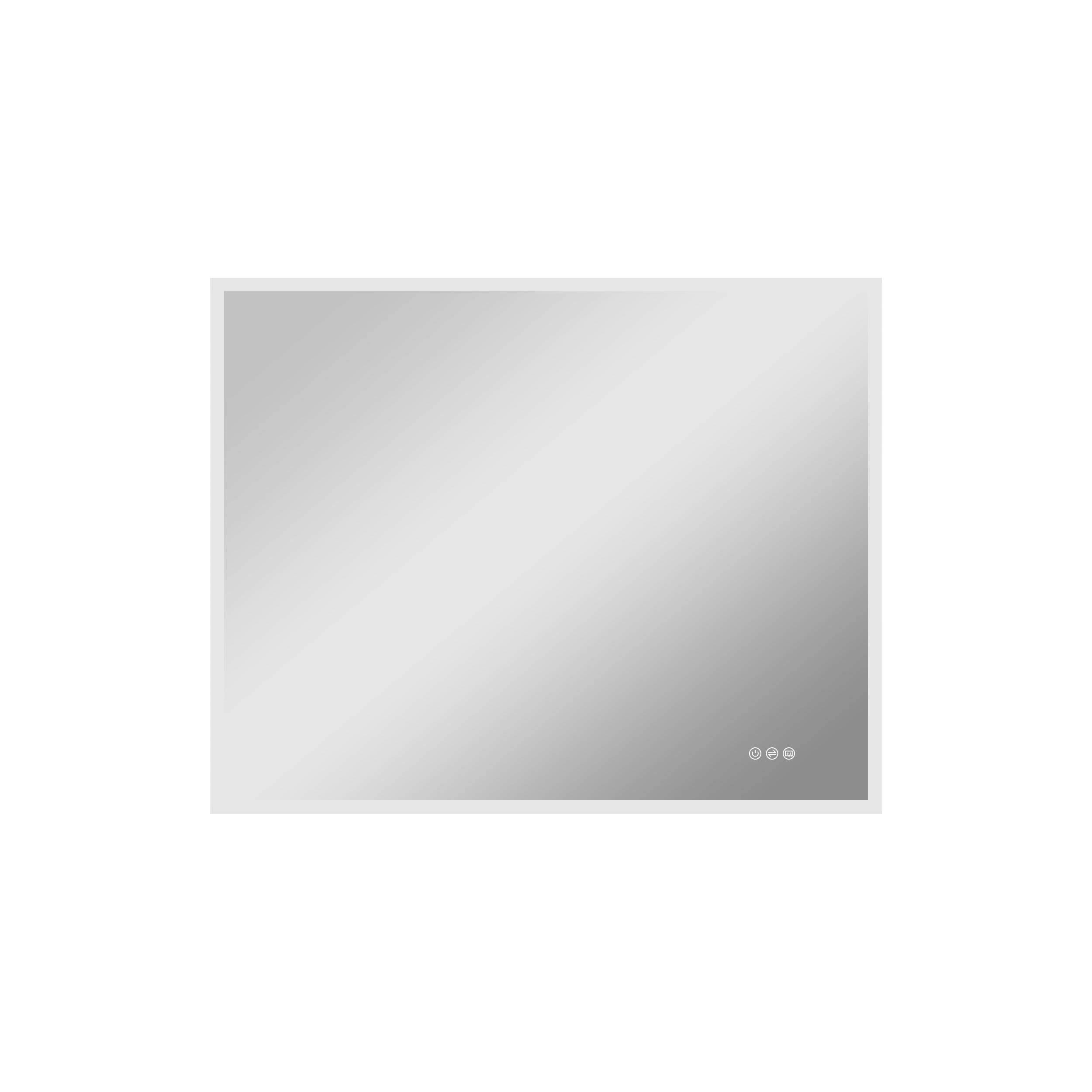

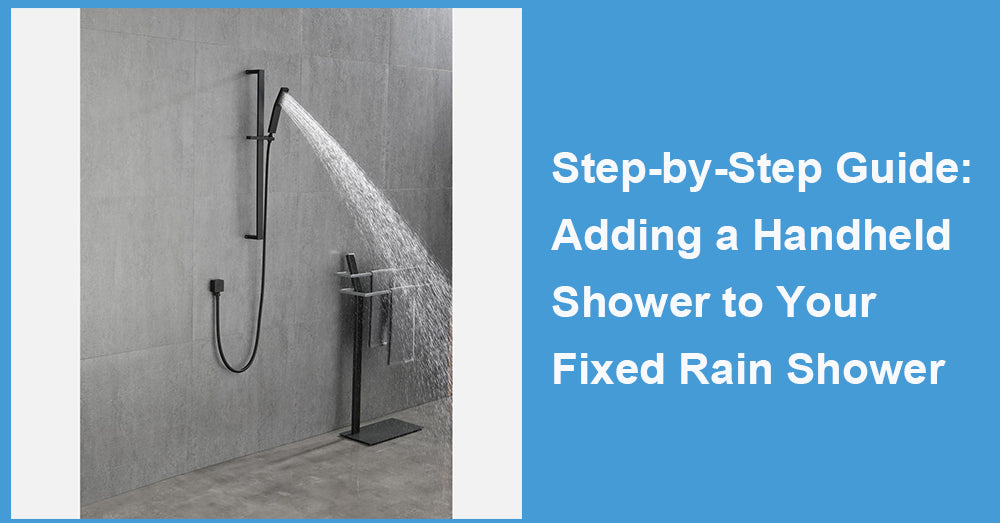
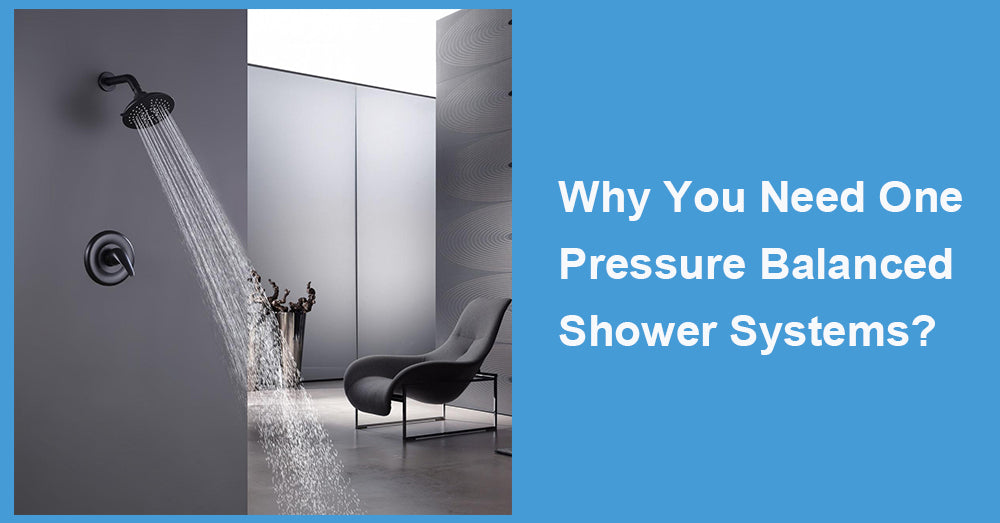

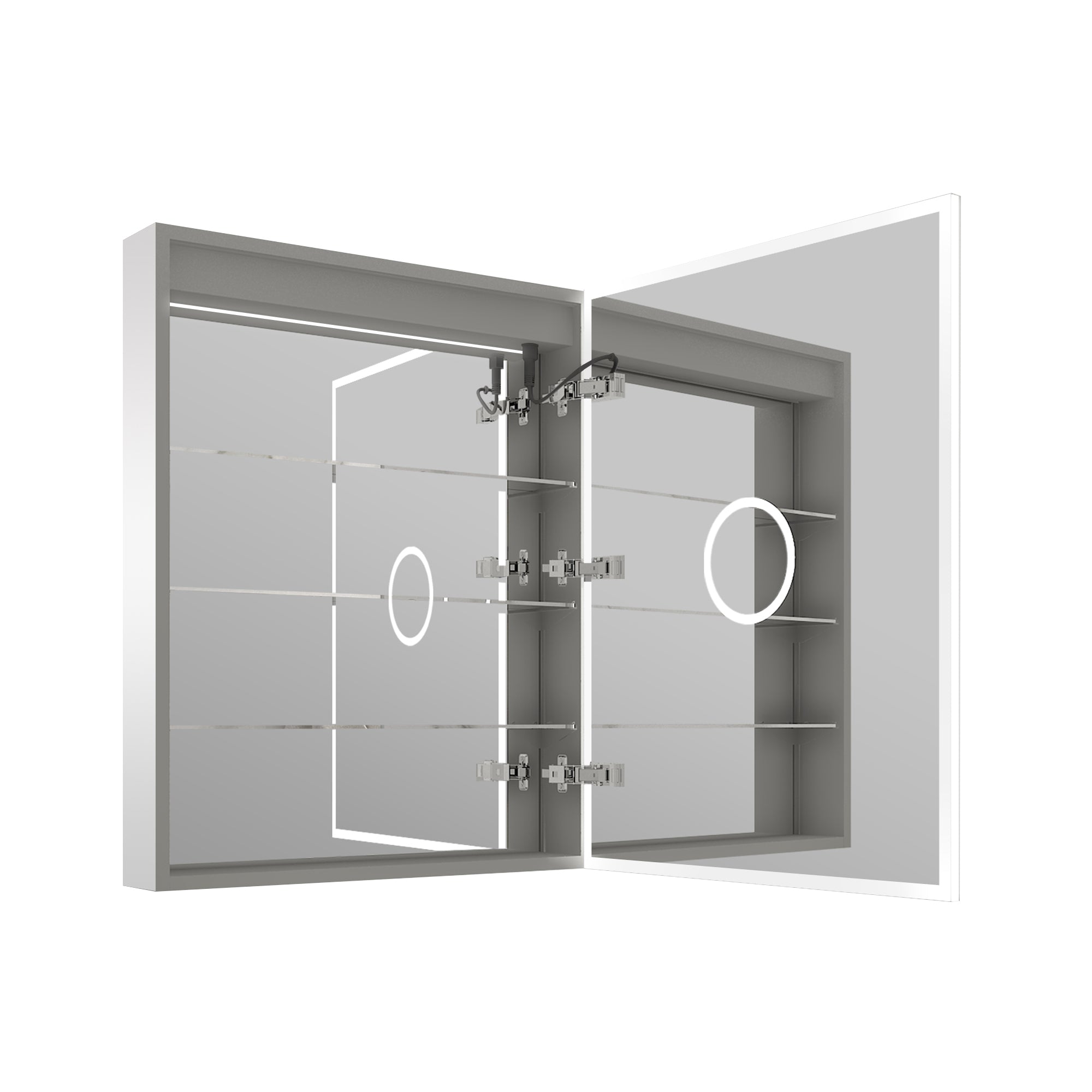
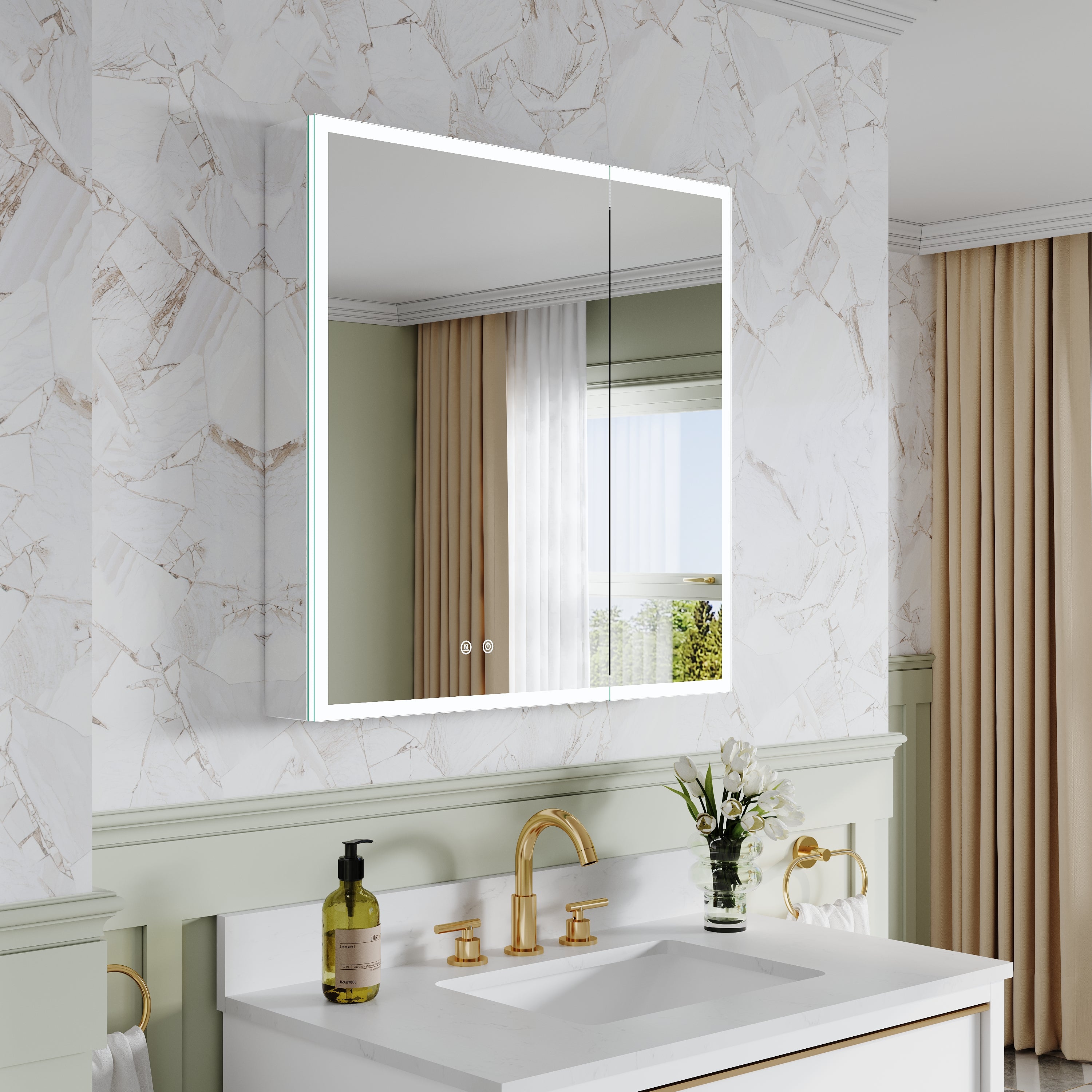



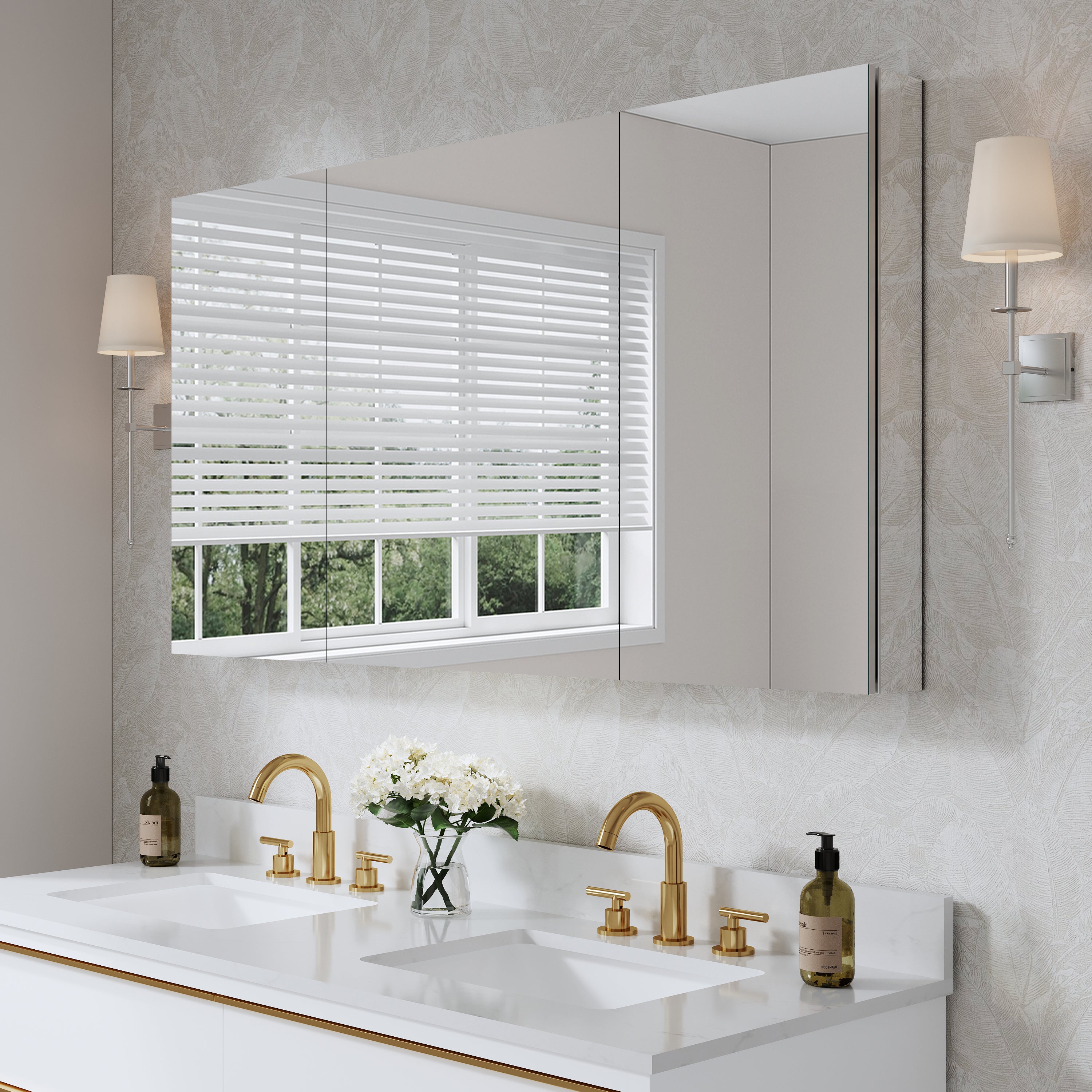



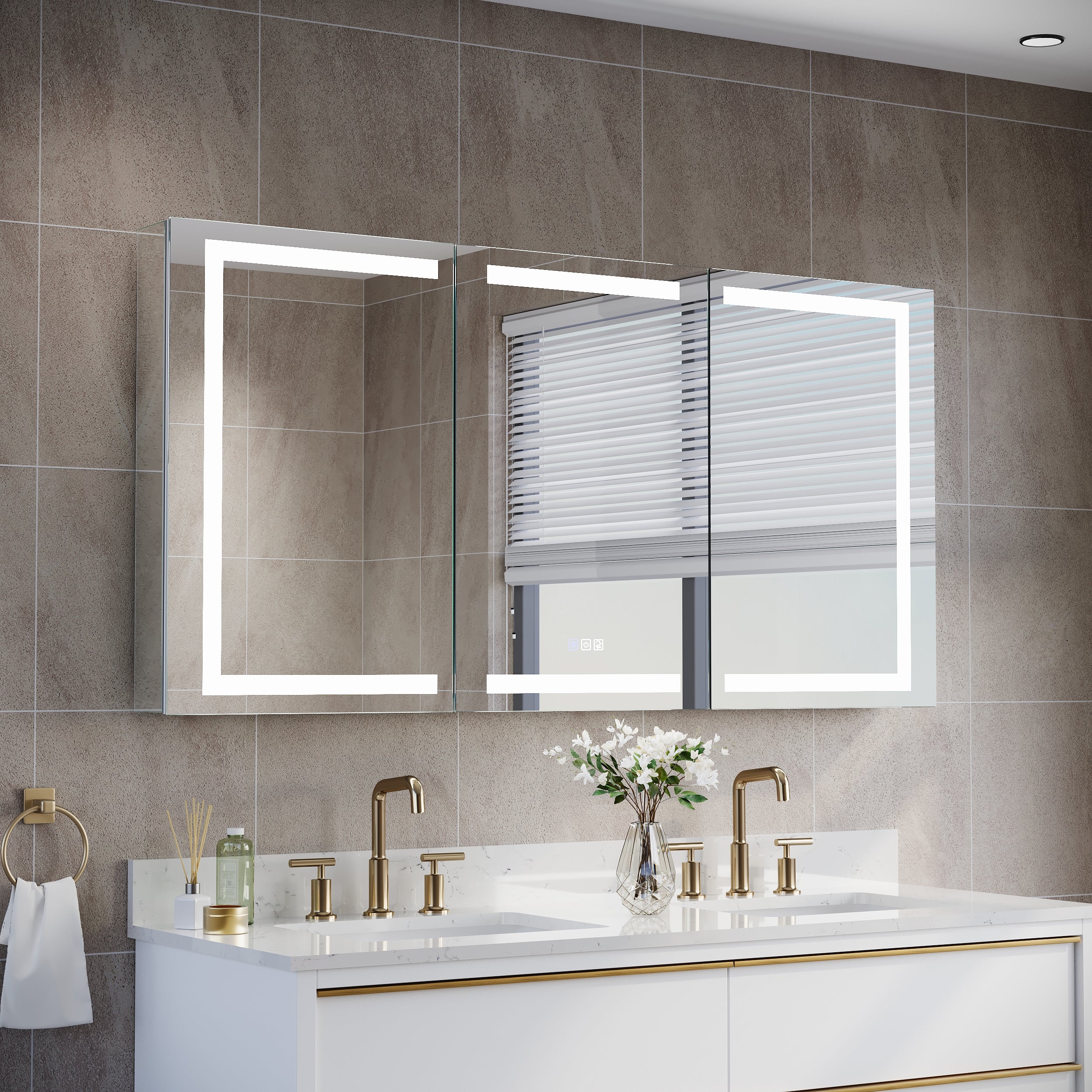



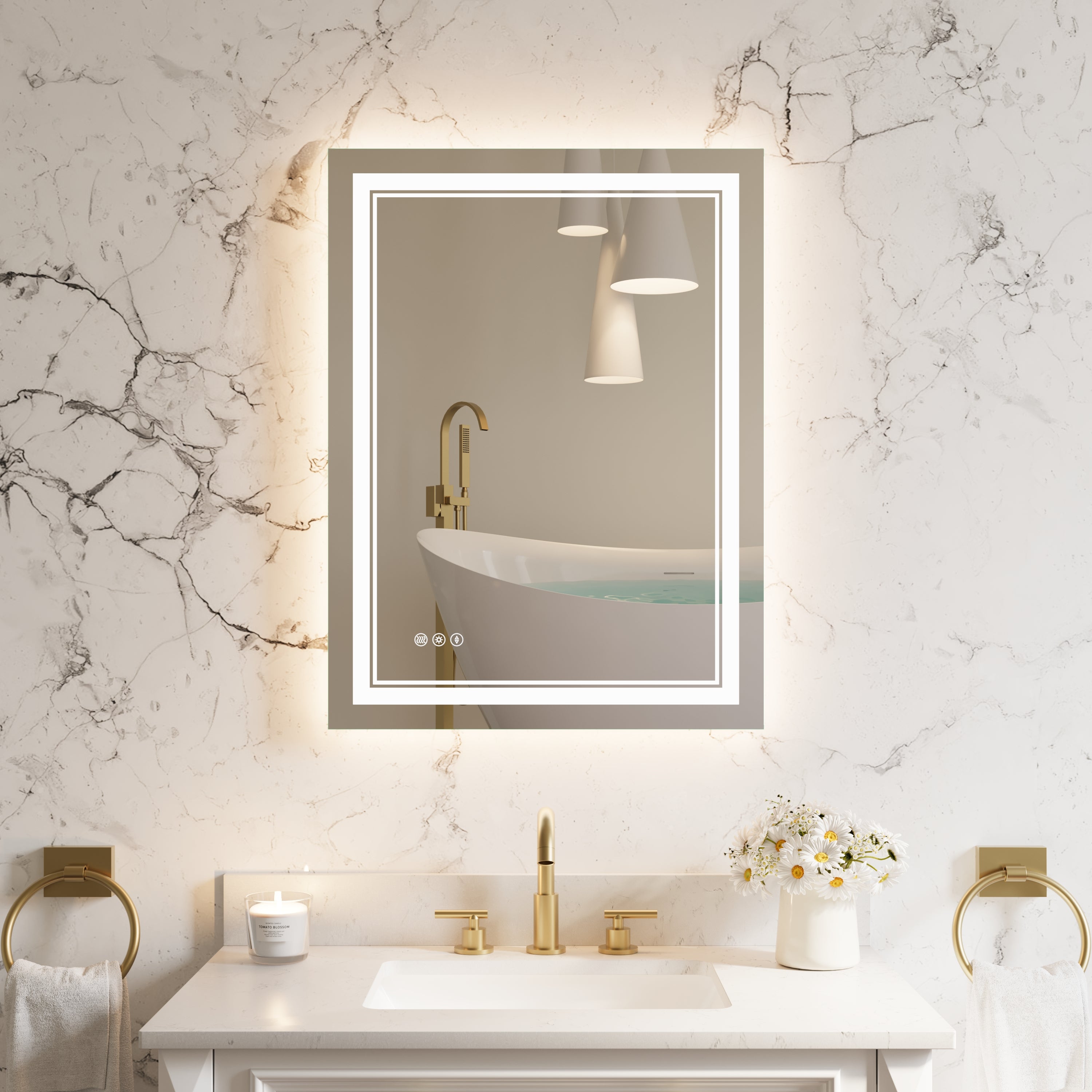








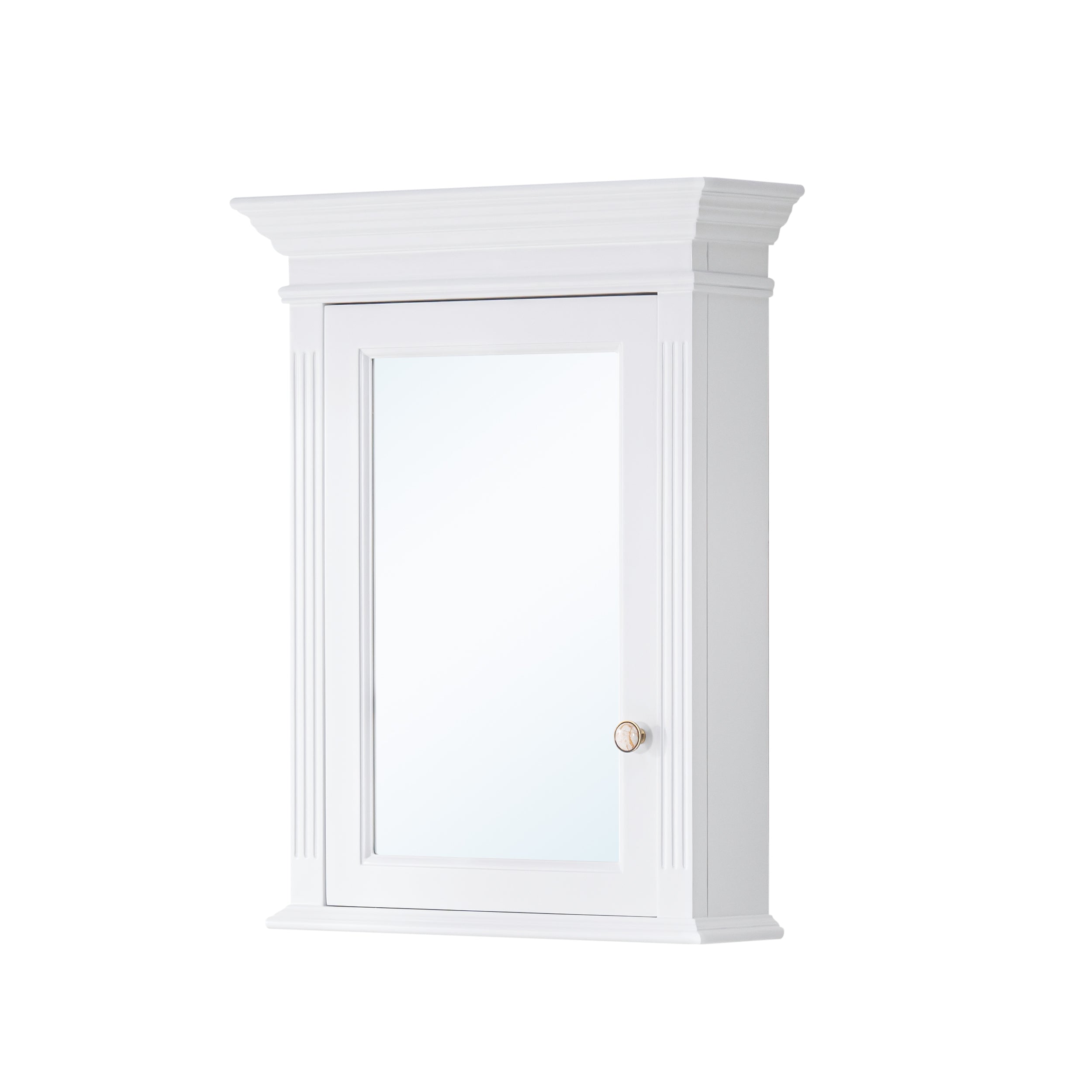
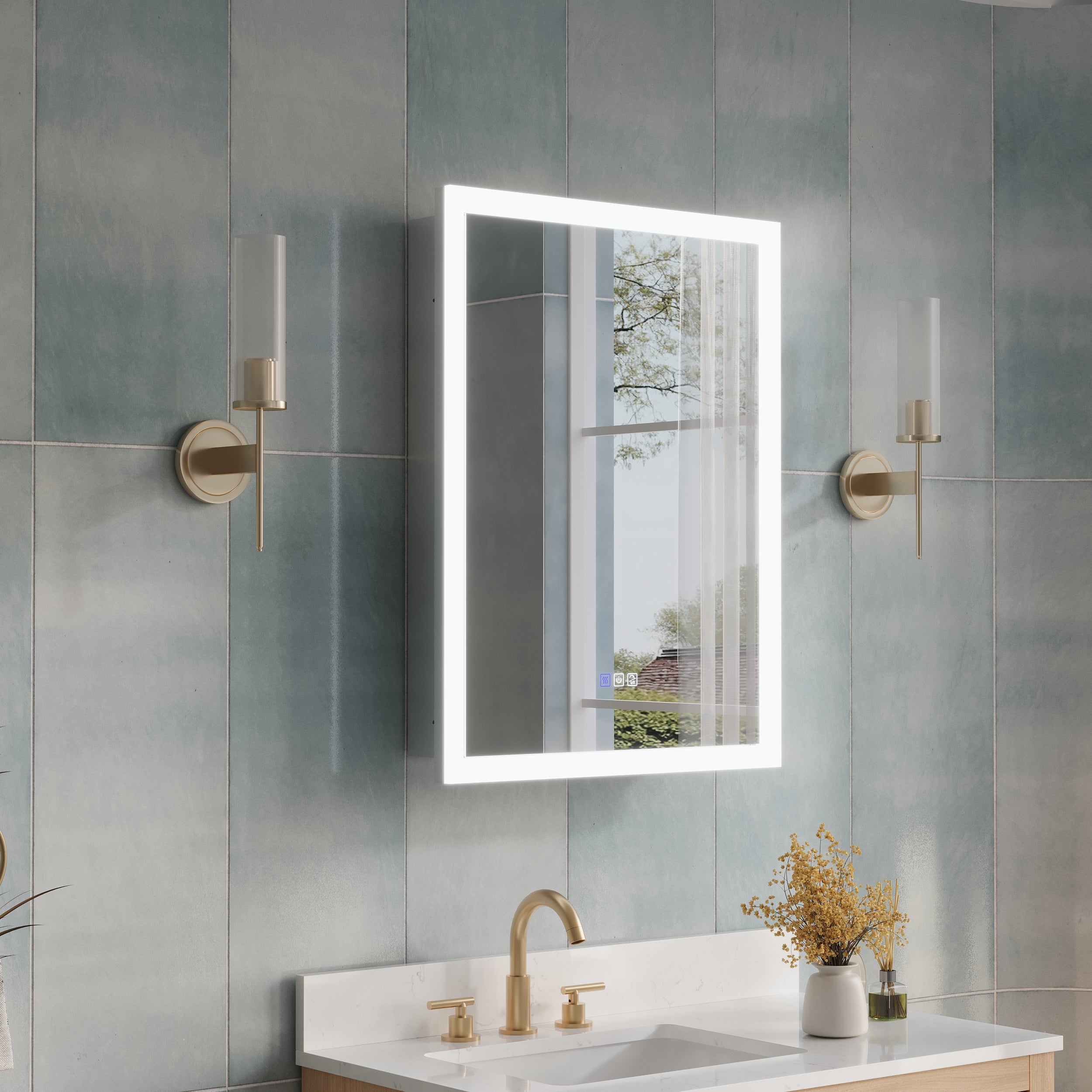
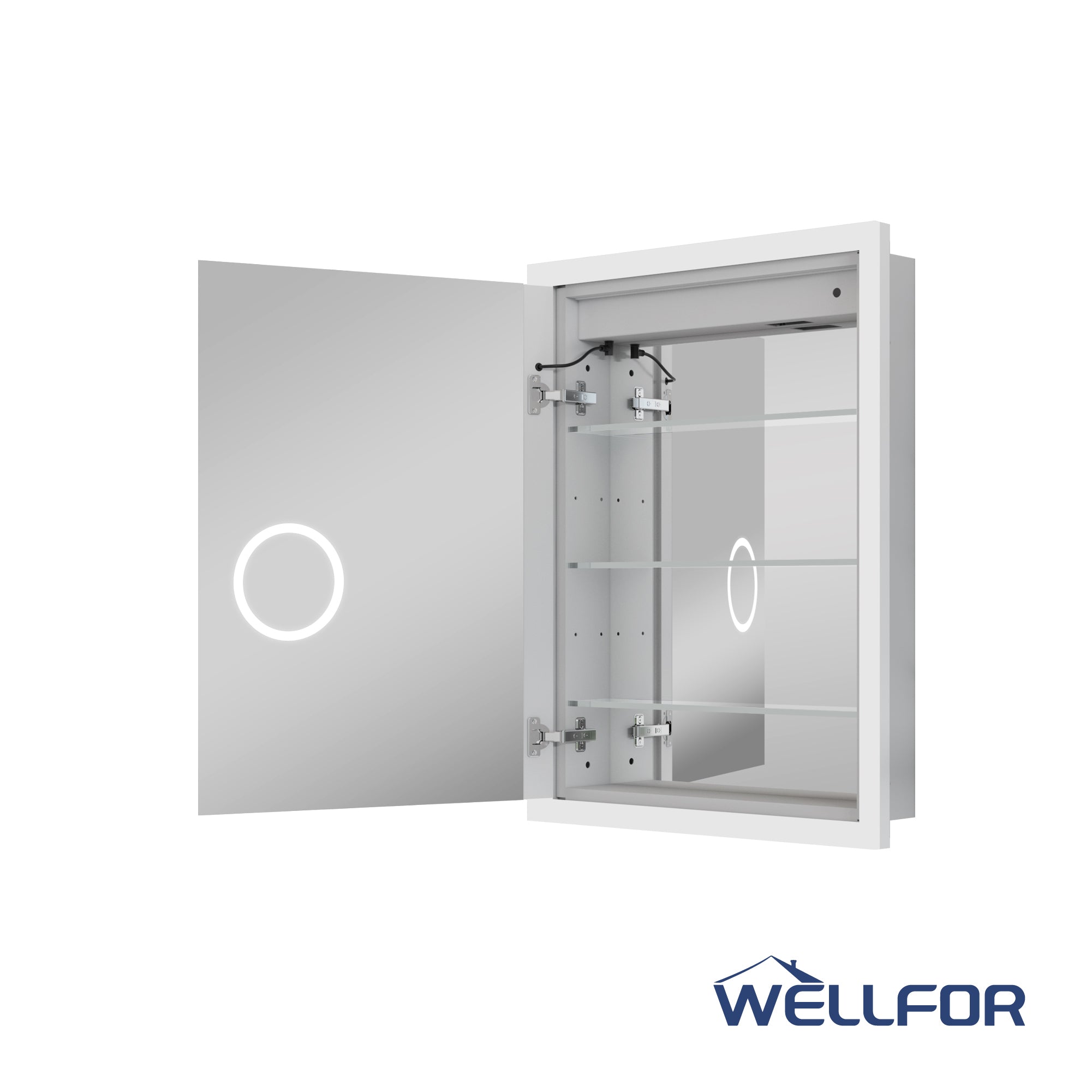
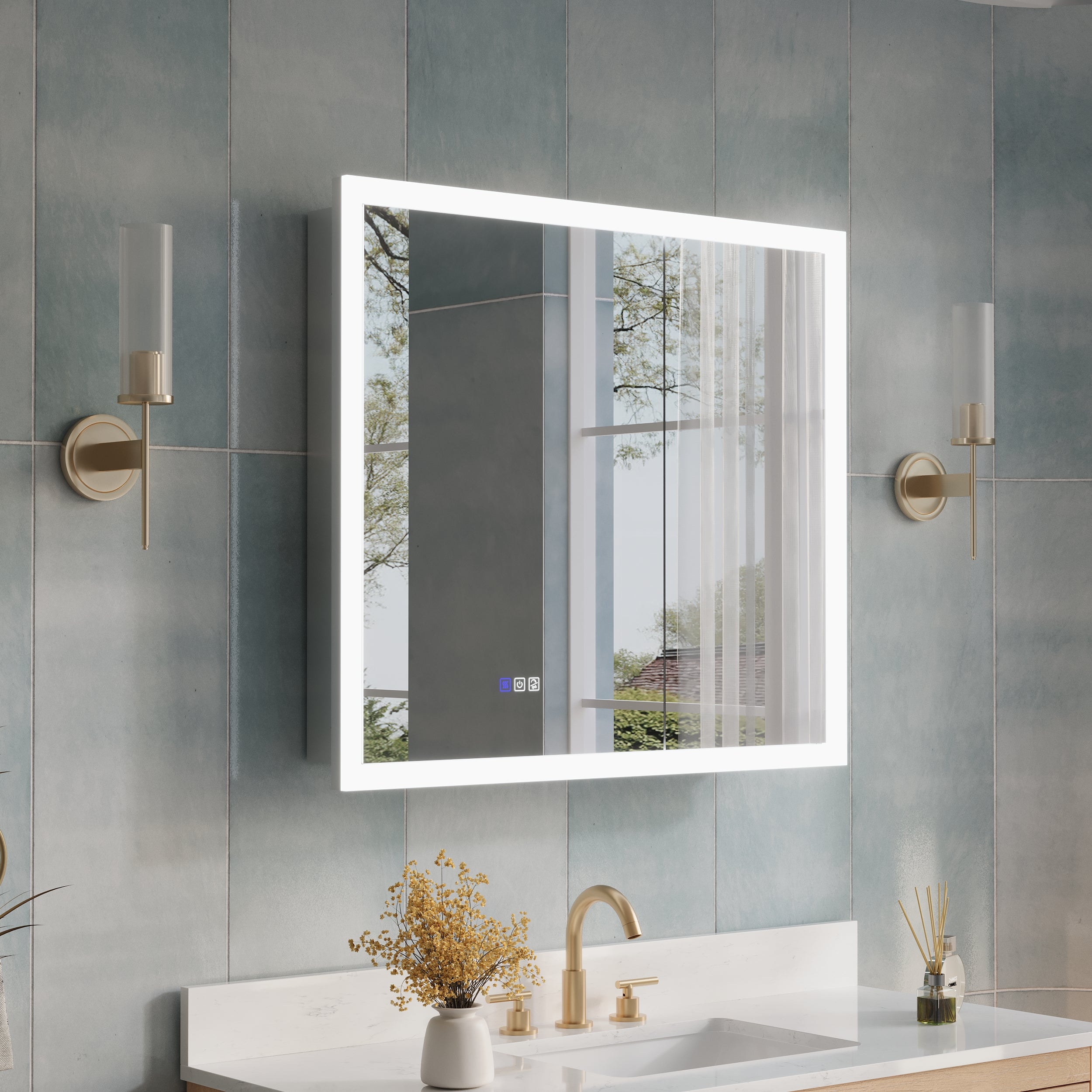
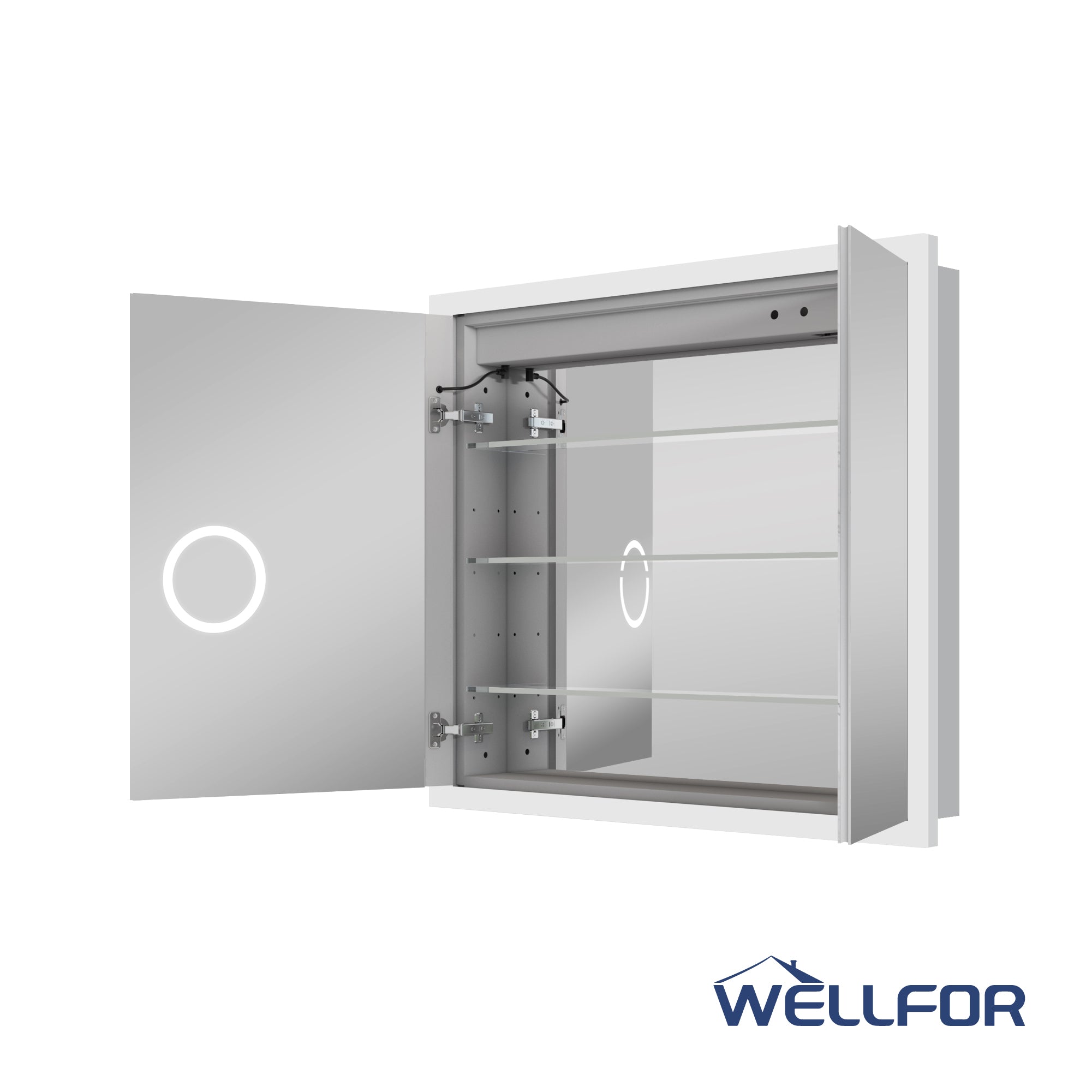
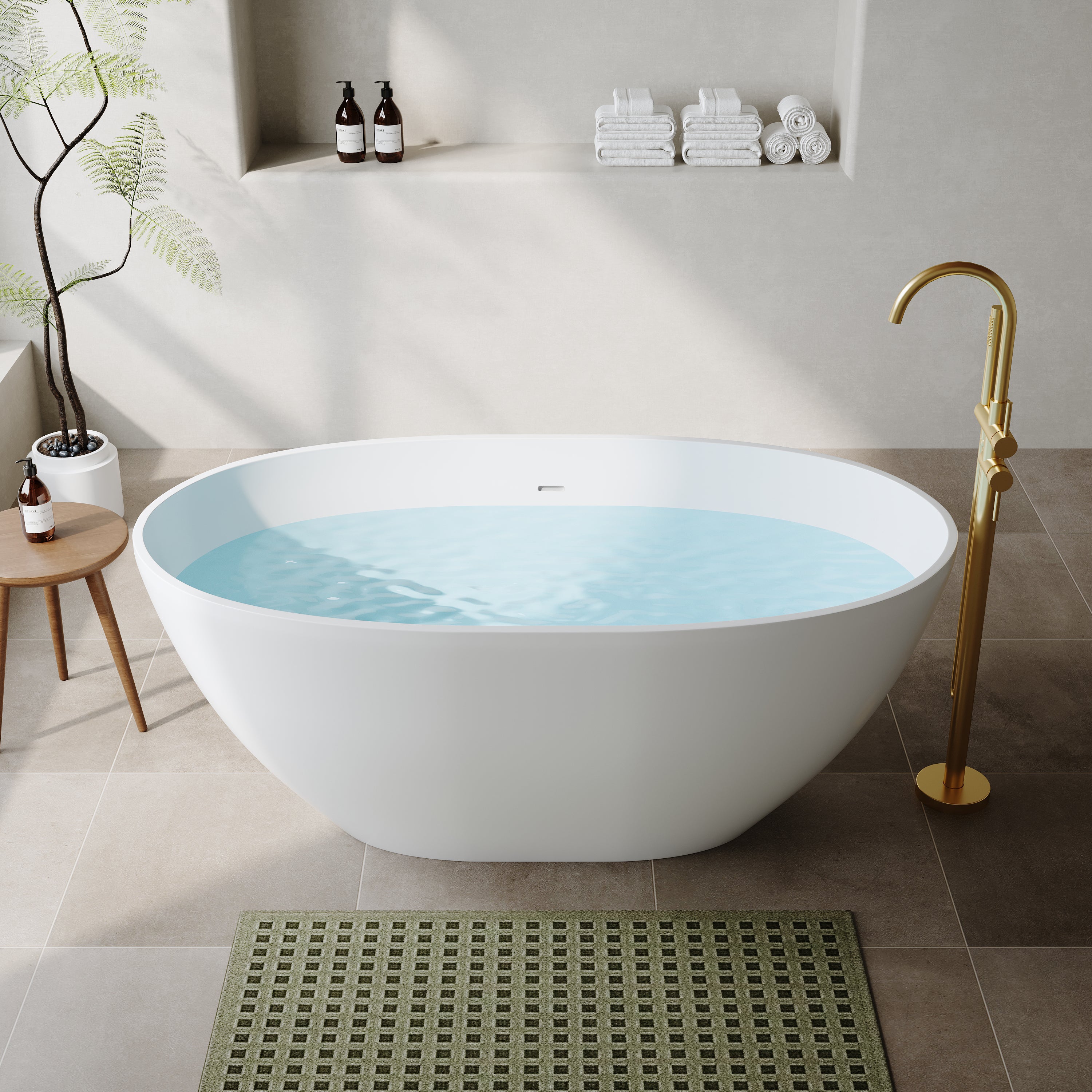




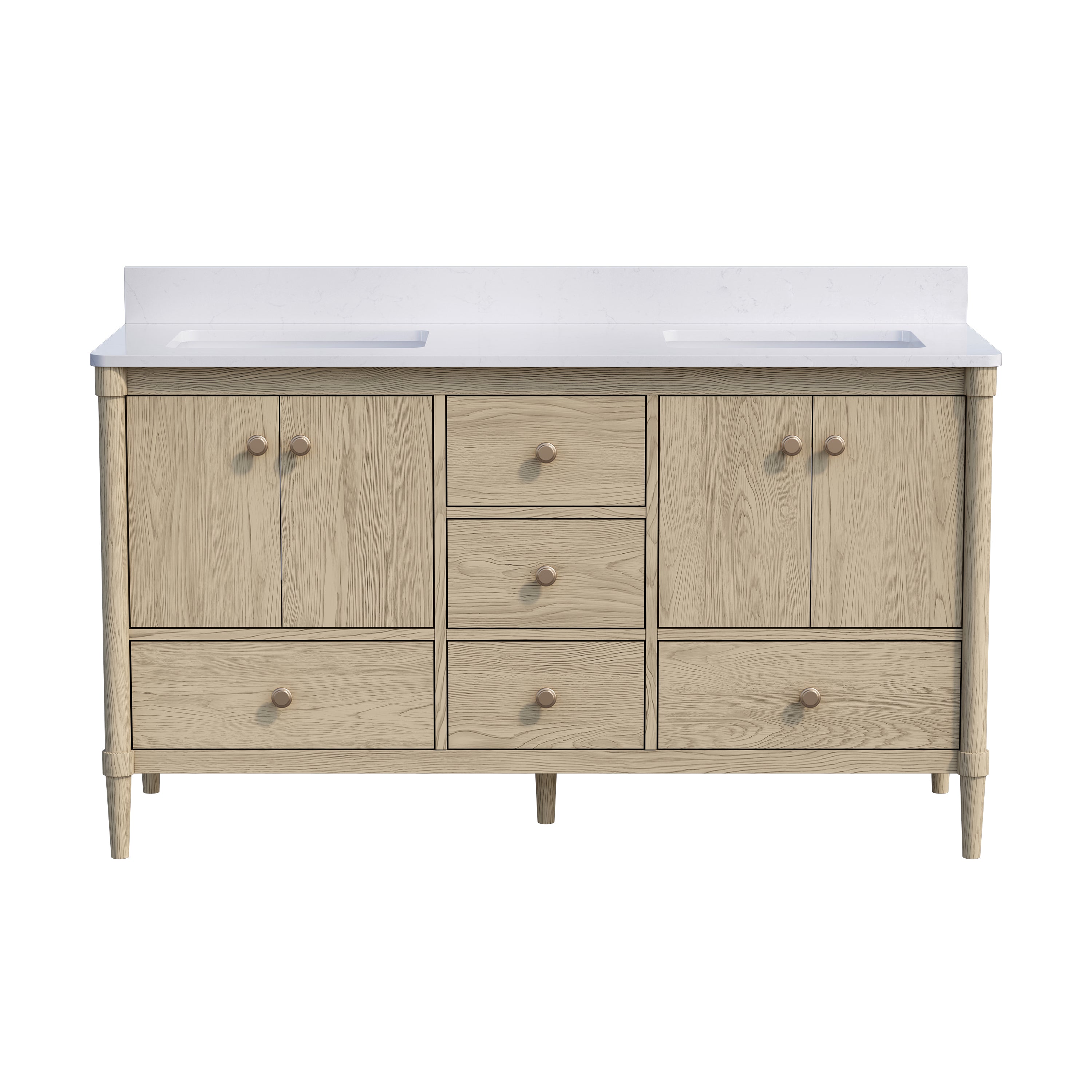
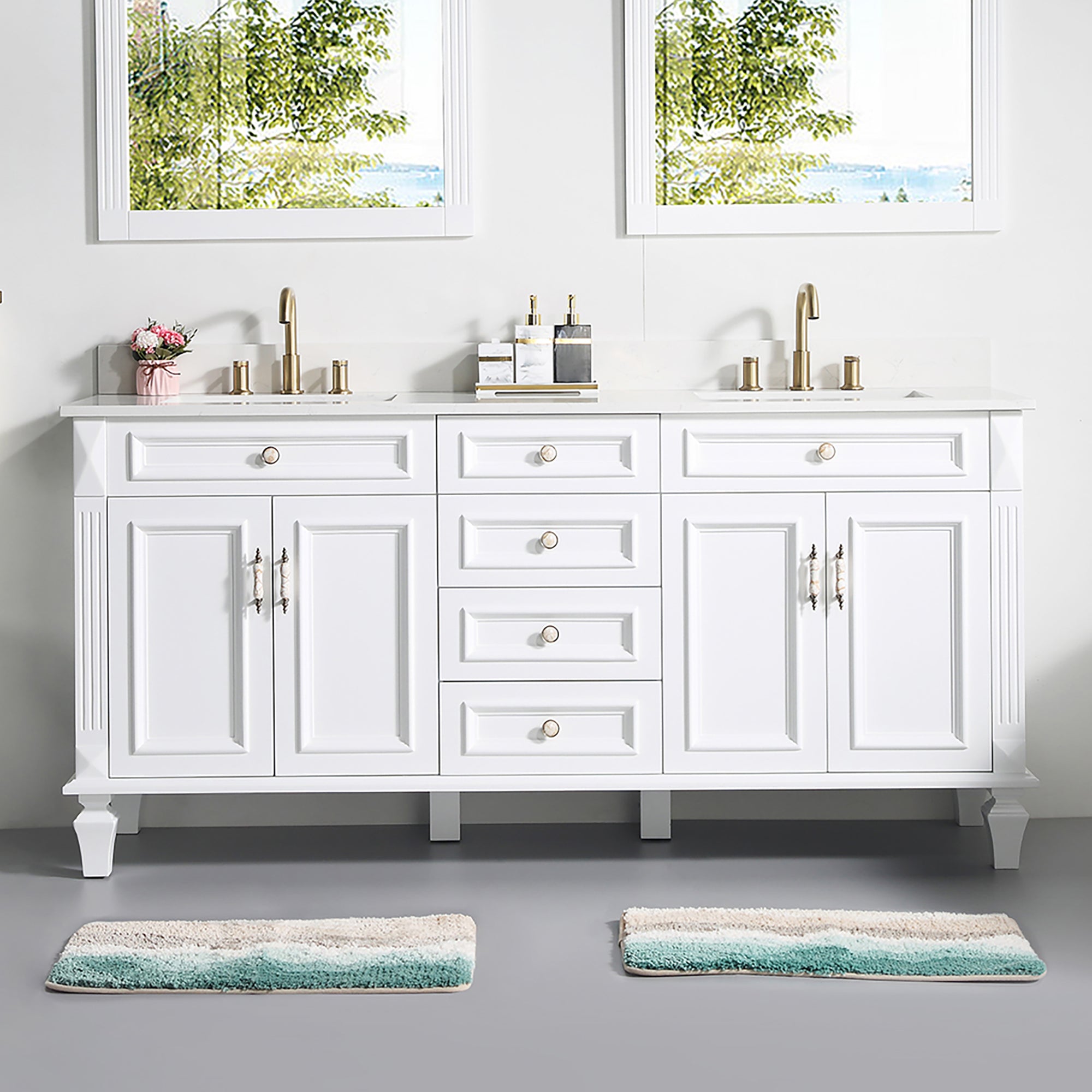
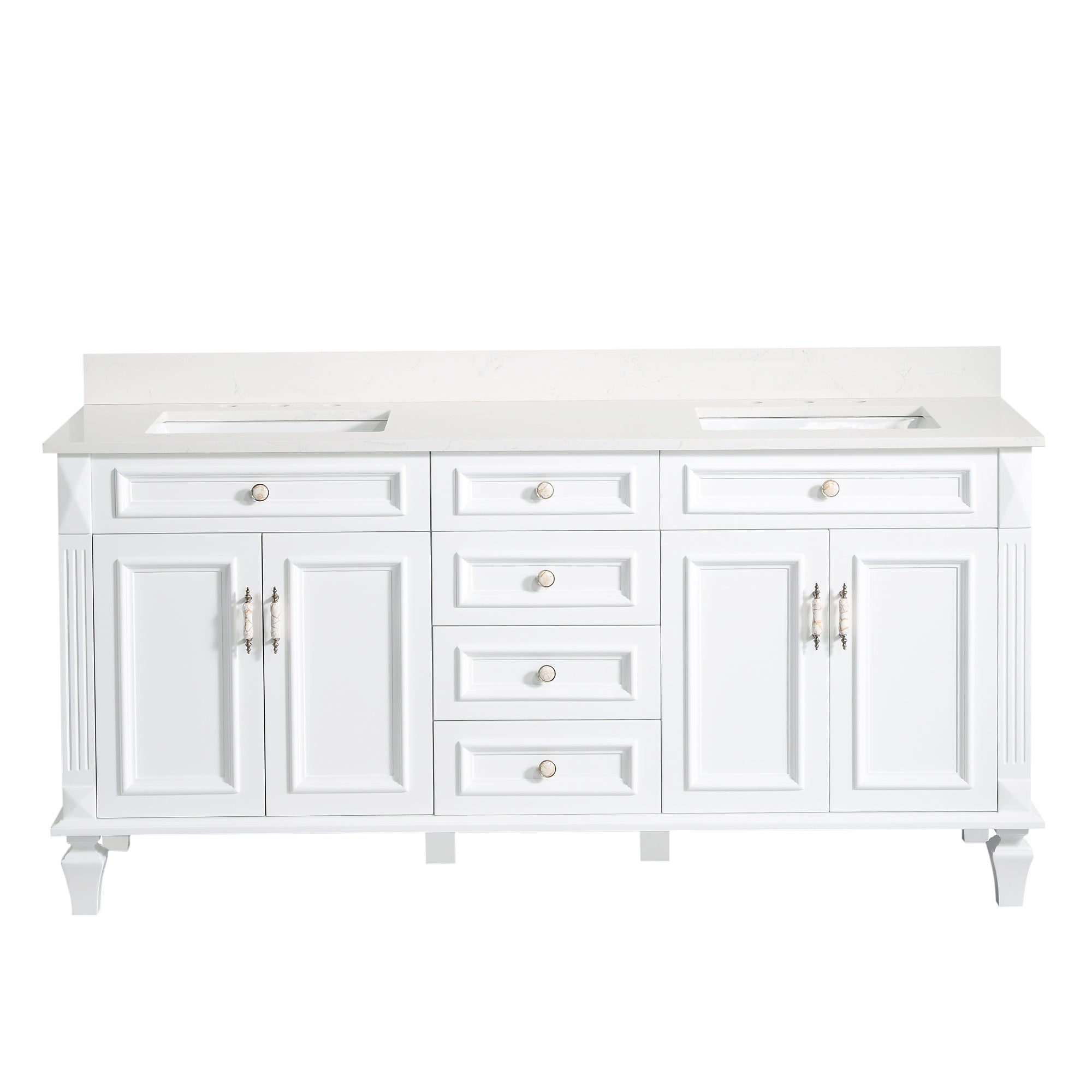
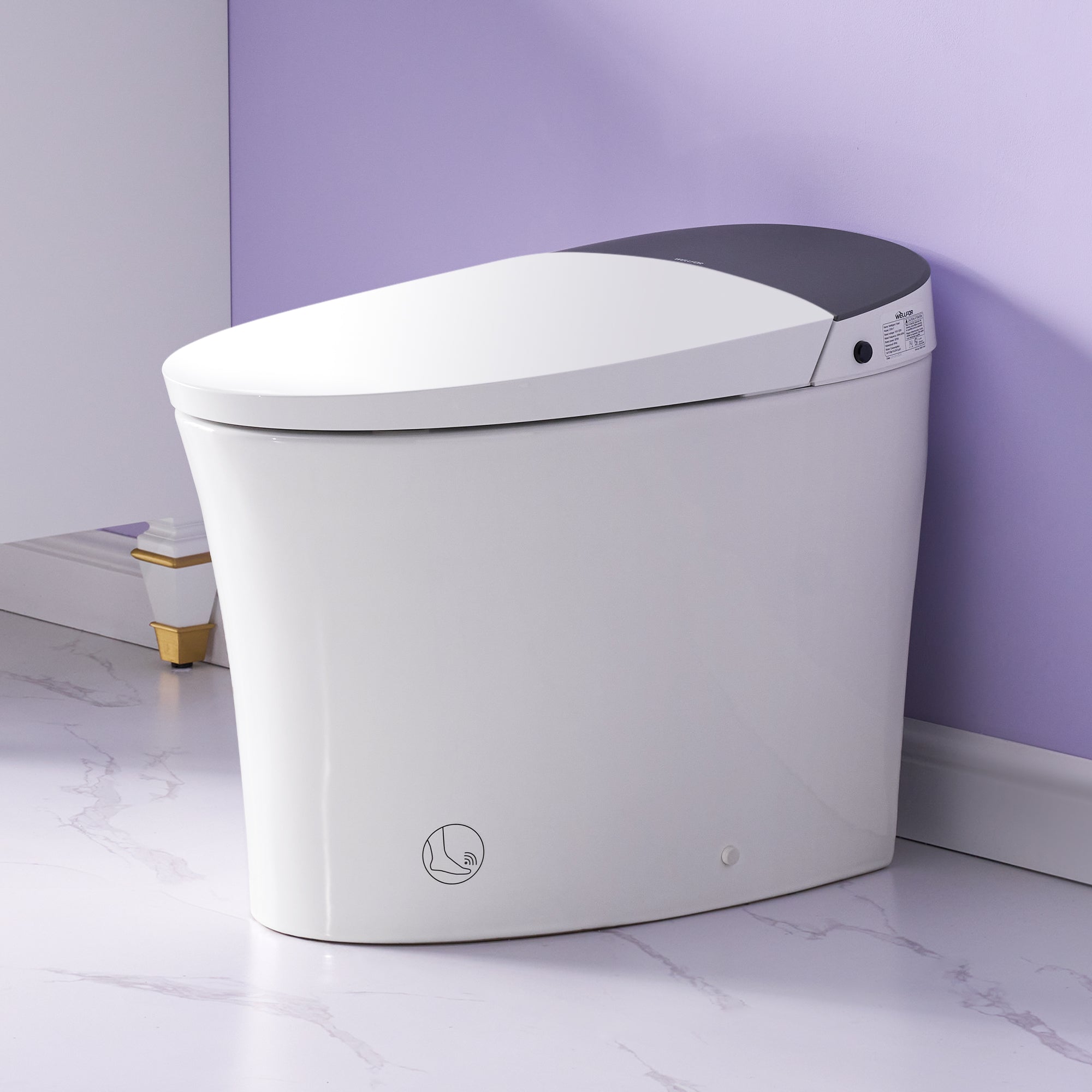
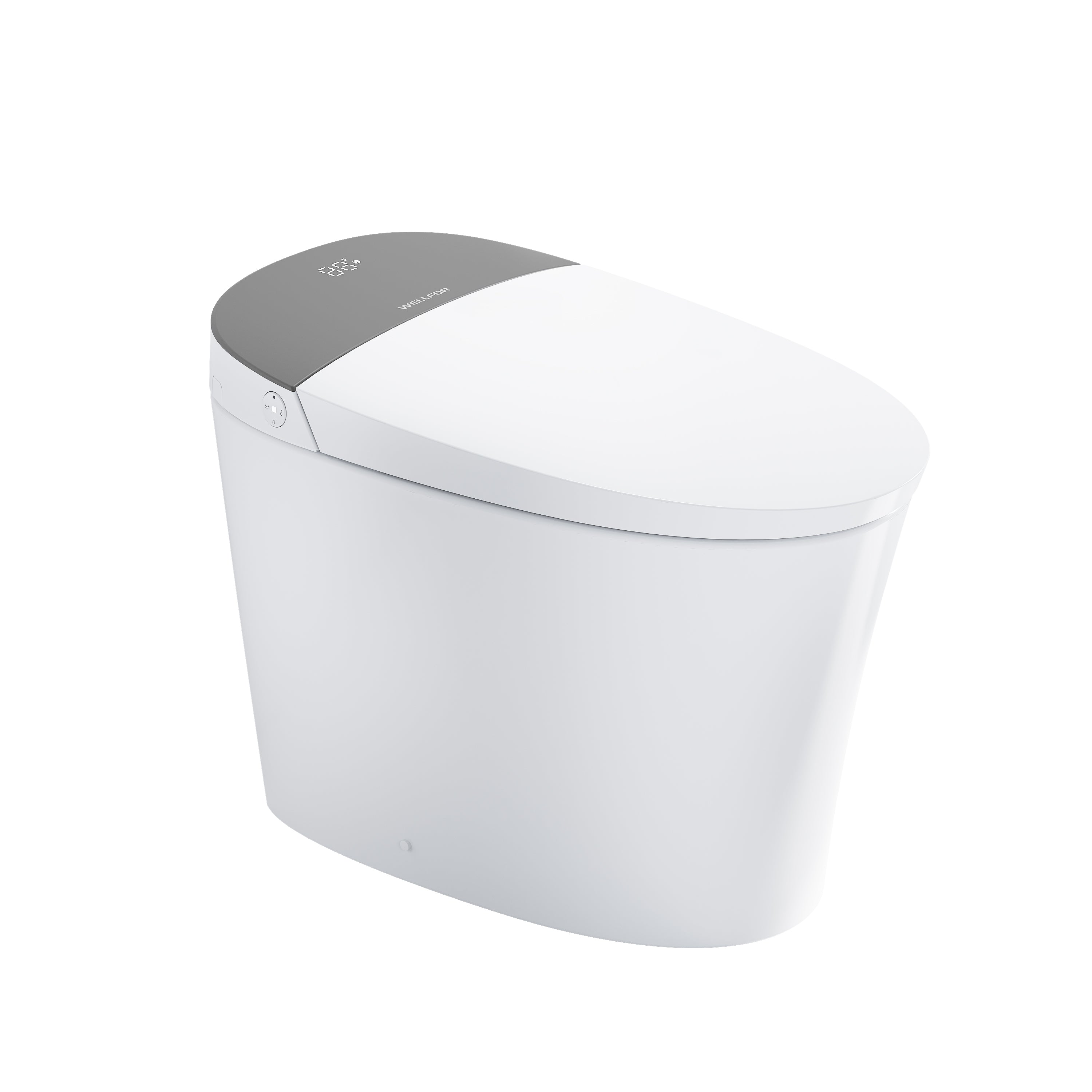

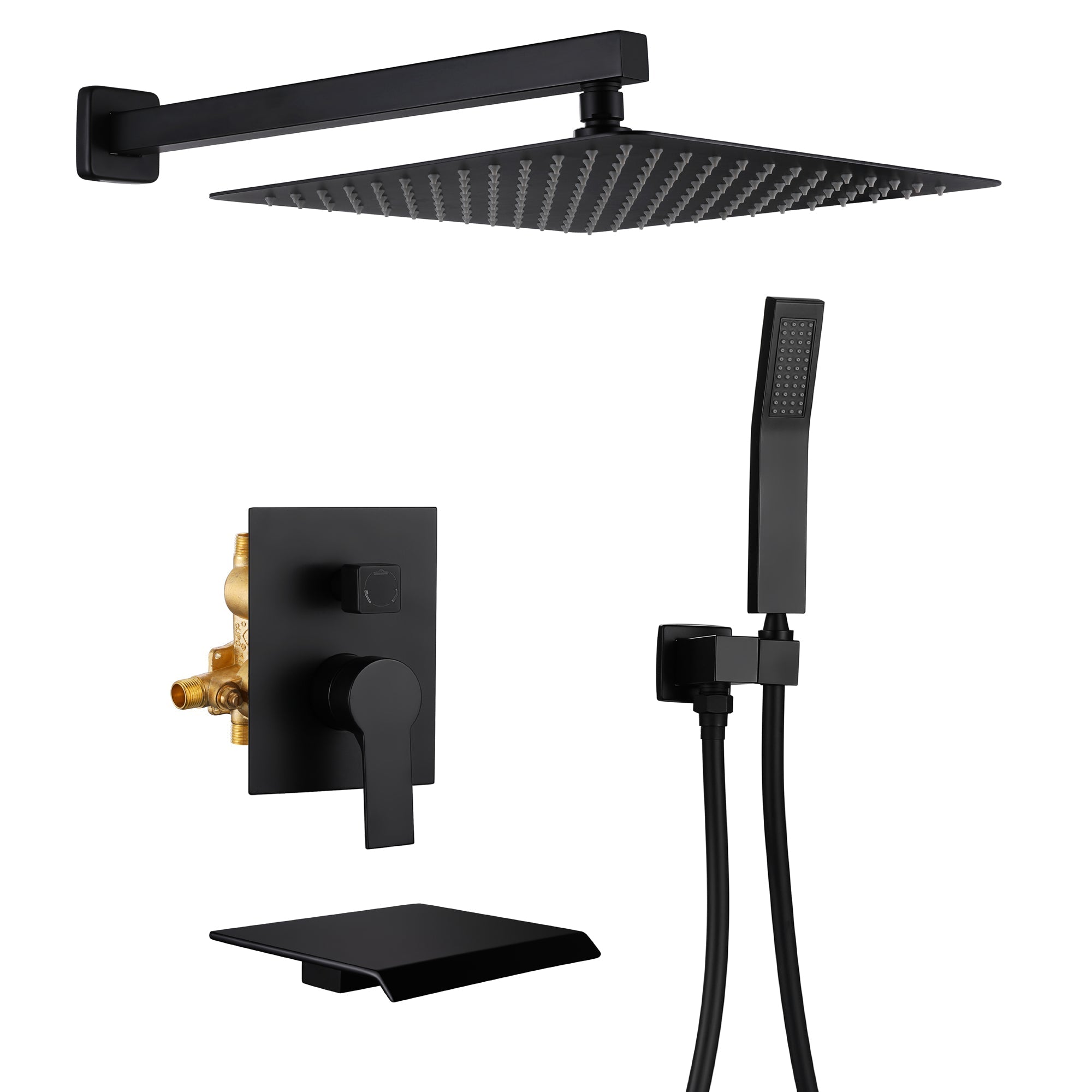
Leave a comment
This site is protected by hCaptcha and the hCaptcha Privacy Policy and Terms of Service apply.